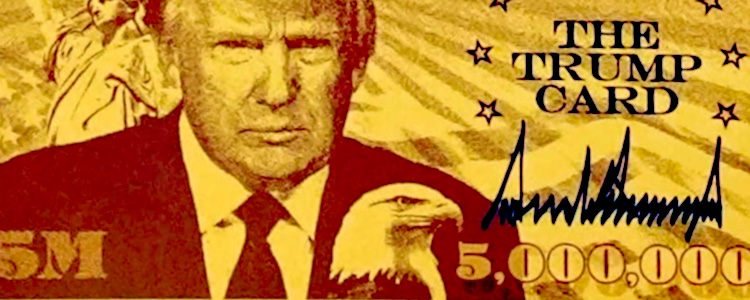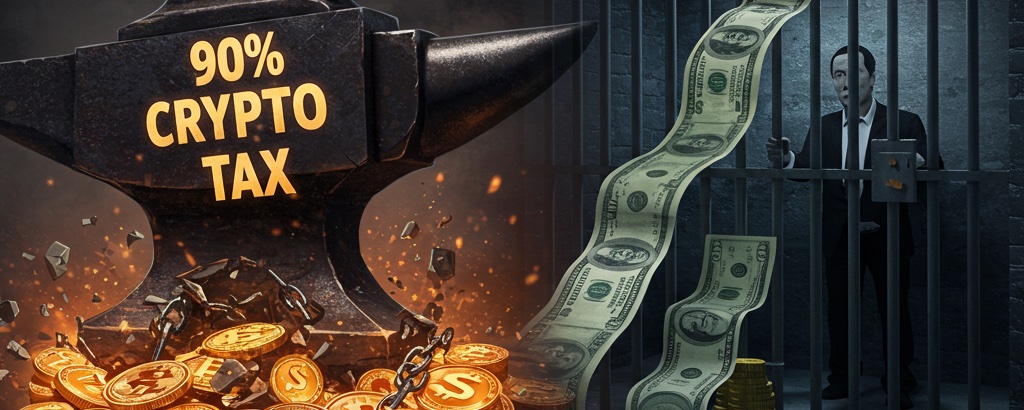David’s Note: This article was substantially revised on October 10, 2025 to incorporate new research and provide a more comprehensive analysis.
Section 1: Introduction: The Paradox of Signal’s Security
Imagine a team of investigative journalists working to expose a corrupt regime. They communicate exclusively through Signal, trusting its “gold standard” reputation to protect their sources and their lives. One evening, the lead journalist adds a new contact—a supposed whistleblower—to their core group chat. The next morning, their primary source is arrested. The breach didn’t come from a government spy agency cracking Signal’s world-class encryption; it came from a simple, devastating mistake. The “whistleblower” was an imposter, and the journalist, lulled into a false sense of security by the app’s brand, never performed the crucial step of verifying their identity.
This scenario, while hypothetical, highlights the real-world stakes of a profound paradox. How can the world’s most secure messaging app, the “gold standard for private, secure communications,” become the vector for a catastrophic security leak? 1 This is the paradox of Signal. The end-to-end encrypted messaging application, developed by the non-profit Signal Foundation, has cultivated an unparalleled reputation. It is built upon state-of-the-art, open-source cryptography lauded by security experts and figures like Edward Snowden.2
The Signal Protocol is the app’s core cryptographic engine. It has become the industry standard, protecting billions of conversations daily across major platforms like WhatsApp and Google Messages.4 The organization is also committed to a privacy-focused mission. It refuses to collect user data or monetize through advertising. This cements its image as a trustworthy bastion against digital surveillance.5
This celebrated cryptographic fortress, however, contrasts with an unsettling reality. That reality emerged with startling clarity in March 2025. A widely reported security lapse occurred when a journalist was mistakenly added to a private Signal group chat. This group included senior U.S. government officials, such as the Vice President and the Secretary of Defense. Inside this group, officials discussed sensitive operational details of impending military strikes.10 The breach was not a sophisticated cryptographic attack. It was a simple act of human error: a wrong number added to a group.6 This incident exposed a profound vulnerability, not in Signal’s code, but in its use within the complex social dynamics of group communication.
This report argues that Signal’s group chat architecture has a critical blind spot. Despite its cryptographic strength, this vulnerability exists at the intersection of technology and human behavior. The app relies on a practically unusable identity verification model, which makes high-stakes security failures not just possible, but inevitable.
The thesis is as follows: Signal’s protocol provides robust end-to-end encryption. However, its group chat design creates a socio-technical gap between cryptographic identity verification and practical user behavior. This gap stems from the usability challenges of manual, pairwise verification in groups. It creates a vulnerability to insider threats and human error that technology alone cannot mitigate. High-profile security lapses have vividly demonstrated this weakness.
The very strength of Signal’s brand contributes to this vulnerability. The public and even technically sophisticated users develop a monolithic perception of the app’s security. They unconsciously transfer their trust from the one-to-one protocol to the group context. This fosters a belief that the same level of automatic protection applies everywhere. This overconfidence comes from a simplified mental model where “Signal equals secure.” It masks the critical procedural responsibilities that fall upon the user, namely identity verification. This responsibility is manageable in one-to-one chats. In group chats, it becomes practically impossible. Yet, the user’s perception of security remains unchanged. This disparity between perceived and actual security creates a dangerous environment where predictable human errors can lead to catastrophic breaches.
To substantiate this thesis, this report will proceed through a systematic analysis:
- First, it will deconstruct the cryptographic fortress of Signal’s one-to-one protocol to establish a baseline of its technical excellence.
- Second, it will dissect the architectural compromises and design trade-offs made to enable group chat functionality, identifying the precise location of the verification blind spot.
- Third, it will conduct an in-depth analysis of the 2025 leak as the primary case study demonstrating the real-world impact of this vulnerability.
- Fourth, it will anticipate and dismantle key counterarguments to fortify the thesis.
- Finally, it will look toward the future, examining emerging protocols like Messaging Layer Security (MLS) and the broader imperative for designing security systems that are not only cryptographically sound but also resilient to the realities of human use.
(more…)





